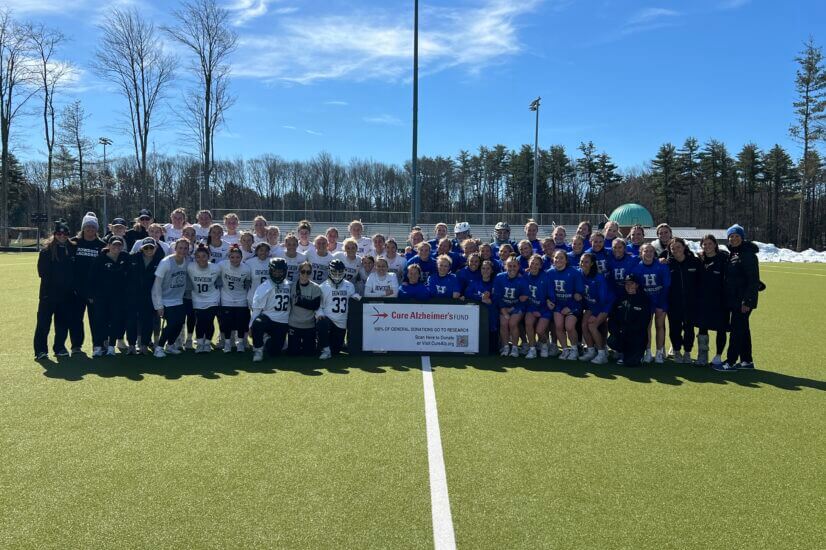
Posted March 30, 2010
By Tim Armour
A spate of headlines recently dimmed hopes for a wonder drug to fight Alzheimer’s disease. We know that the existing drugs used to treat Alzheimer’s patients including Aircept, Numenda, and others provide only modest symptomatic relief but do not treat the root pathology of the disease.
In a series of posts this week, we’ll look at three new drugs which attempted to get at the causes of the disease but failed. We’ll look at the “bad news,” comment on why they failed and then look at what’s in the pipeline signaling better news.
1). The first high profile failure was Flurizan (tarenflurbil) by Myriad Genetics. A June 30, 2008 report by Myriad CEO Peter Meldrum concluded, “We are disappointed that Flurizan failed to achieve significance and we will now discontinue development of this compound.” Womp went Myriad’s stock and the hopes of millions as a result of this $60 million “failure.”
2). The second is the disappointing results of trials for bapineuzumab (acronym for “Beta Amyloid Peptide (I) Neutrali Z ing (U) M onoclonal Antibody) by pharmaceutical partners Elan and Wyeth. The companies tried several variations of doses of this drug, but experienced safety issues at the higher, more effective doses because of the presence of vasogenic edema in some of the study’s patients. “Bap’s” development has now been taken over by Johnson and Johnson’s Janssen Alzheimer’s Immunotherapy unit which announced, on March 17th, an extension of current trials with no announcement about results of those trials until 2012.
3). Third is the very recent spectacular rise and fall of Dimebon, a drug developed in Russia as an antihistamine and brought to the US after extensive review of the Russian trials as an Alzheimer’s drug. Initial data was, in essence, “too good to be true” in its apparent ability to lower Abeta in the brain and cause a decrease in Alzheimer’s symptoms. Subsequent trials in the US by the drug’s US licensee, Medivation and its partner Pfizer, could not replicate this “too good to be true” data. In fact, US-based trials, known as CONNECTION, showed no benefit whatsoever. The day the results of these US trials were announced, March 3, 2010, Medivation lost 70% of its value.
We all know that drug making is a high risk business. The pharmaceutical companies tell us this all the time, supporting what many people regard as very high prices on the fewer successful drugs in order to support the risk-taking. Some of this is absolutely true; but without getting into the economics of this issue here, let’s look at the science.
Why did these drugs fail, and in their failure can they help us improve on the next generation of therapies?
Stay tuned for the answers to those questions tomorrow, here on the blog.





